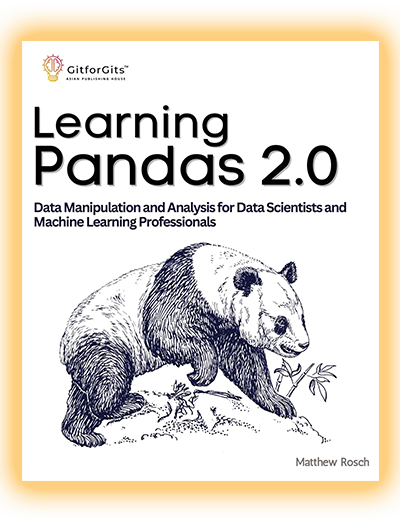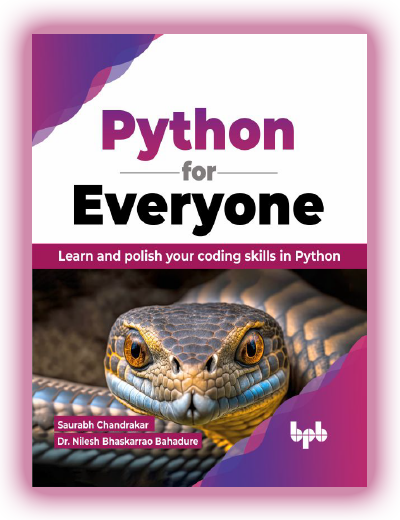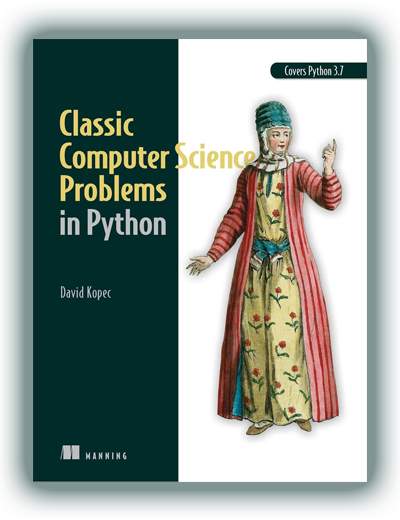“Outlier Detection in Python” by Brett Kennedy is a practical guide that teaches how to detect, analyze, and handle outliers in real-world datasets. Anomalies in data are not just “errors” — they can be threats, hidden insights, or sources of misleading conclusions.
The author goes beyond basic techniques. He approaches outlier detection from engineering, statistical, and machine learning perspectives. The explanations are supported with code, visualizations, and step-by-step logic. A standout feature of this tutorial is its focus on Python and production-grade libraries such as Scikit-learn, PyOD, NumPy, and pandas. This isn’t theory — these are actionable algorithms you can apply while reading.
Download “Outlier Detection in Python” if you want to build more reliable models, improve analytical accuracy, and gain a deeper understanding of your data structures. After the first chapters, you’ll be equipped to use both simple and advanced techniques, assess their effectiveness, and explain why a certain outlier is a risk or a signal — not just noise.
Why This Python Guide Is Worth Reading
Outlier handling is one of the most underrated yet critical parts of data analysis and machine learning. Poor outlier treatment distorts statistics, damages models, and leads to incorrect conclusions. This guide offers a systematic approach with real-world practices, tools, and strategies — from fraud detection to production metric monitoring.
- Detailed coverage of methods: IQR, Z-score, DBSCAN, Isolation Forest, One-Class SVM, AutoEncoder
- Analysis of use cases, weaknesses, and parameter tuning
- Clear explanation of how to visualize outliers and interpret the results
- Application-focused rather than “academic purity” — fit for messy, noisy, incomplete data
- Works with tabular, time-series, and spatial data
If you aim to build resilient models and truly understand your data’s internal behavior, this reference guide gives you the right tools.
Who Should Read “Outlier Detection in Python”?
- Data Scientists and ML Engineers: Master outlier detection, integration into pipelines, and model impact.
- Data Analysts and BI Professionals: Improve data cleaning, report accuracy, and exception handling.
- Financial and Healthcare Specialists: Learn how to spot fraud, anomalies, and rare events.
- Data Engineers and ETL Developers: Get methods for early-stage filtering, logging, and error prevention.
- Students and Researchers: Build a solid foundation and apply outlier techniques to real-world projects.
How Can You Apply the Knowledge from This Guide?
- Identify outlier types: global, local, contextual
- Use statistical and ML methods for detection
- Integrate detection into your data processing pipeline
- Tune models to be anomaly-resistant
- Choose whether to remove, label, or adjust outliers based on context
These skills are essential in projects demanding data reliability, model robustness, and trustworthy analysis.
More About the Author of the Book
The Developer's Opinion About the Book
Covers the theory and implementation of outlier detection techniques using Python. Includes statistical, proximity-based, and machine learning methods. Helps build robust anomaly detection models with real-world datasets, offering practical insight into rare event analysis.
Christopher Smith, Python Developer
FAQ for "Outlier Detection in Python"
1. Is this book suitable if I’m just starting in Data Science?
Yes, as long as you already have basic Python, pandas, and NumPy knowledge. The author explains advanced concepts clearly and progressively. Terms like “Z-score,” “Density Estimation,” and “AutoEncoder” are introduced with examples and visualizations. Simple methods like IQR and standard deviation are also included, making the guide accessible to beginners and useful as a long-term resource.
2. What libraries does the author use, and are they production-ready?
Core libraries include pandas, numpy, matplotlib, seaborn, scikit-learn, and PyOD. All tools are widely adopted in the industry. PyOD, for instance, is one of the most comprehensive open-source libraries for anomaly detection in Python, featuring dozens of algorithms. The book also covers built-in Scikit-learn tools, making it easy to integrate outlier detection into real ML pipelines.
3. Does “Outlier Detection in Python” address time-series data?
Yes — one section focuses on anomalies in time-series data. It covers patterns like trends, seasonality, and structural breaks. The examples use monitoring metrics, financial records, and sensor outputs. You’ll learn both ML-based methods (Isolation Forest, AutoEncoder) and statistical ones (moving average, rolling IQR), along with visualization techniques and how to interpret model behavior correctly.
4. How deeply are algorithms like Isolation Forest and One-Class SVM explained?
These models are covered thoroughly — enough for you to understand the intuition, architecture, runtime complexity, limitations, and application areas. The author explains how to work with key hyperparameters (like contamination, n_estimators), how to interpret detection scores, and how to evaluate performance. This makes it practical for deployment and customization to your dataset.
5. How does this tutorial help improve ML model quality?
Outliers can severely impact models — causing overfitting, class imbalance, and skewed metrics. This book teaches you to detect such issues before training and make informed decisions: remove them, transform them, or train robust models. You’ll also explore algorithms that handle outliers gracefully and learn how to assess model reliability. If your ML outputs ever felt “off,” this book helps diagnose whether your data — not your model — is the real issue. That’s a crucial skill for work in finance, healthcare, and client-facing analytics.
Information
| Author: | Brett Kennedy | Language: | English |
| Publisher: | Manning | ISBN-13: | 978-1633436473 |
| Publication Date: | January 7, 2025 | ISBN-10: | 1633436470 |
| Print Length: | 560 pages | Category: | Python Books |
Get PDF version of "Outlier Detection in Python" by Brett Kennedy
Support the project!
At CodersGuild, we believe everyone deserves free access to quality programming books. Your support helps us keep this resource online add new titles.
If our site helped you — consider buying us a coffee. It means more than you think. 🙌

You can read "Outlier Detection in Python" online right now!
Read book online* →*The book is taken from free sources and is presented for informational purposes only. The contents of the book are the intellectual property of the author and express his views. After reading, we insist on purchasing the official publication on Amazon!
If posting this book in PDF for review violates your rules, please write to us by email admin@codersguild.net




